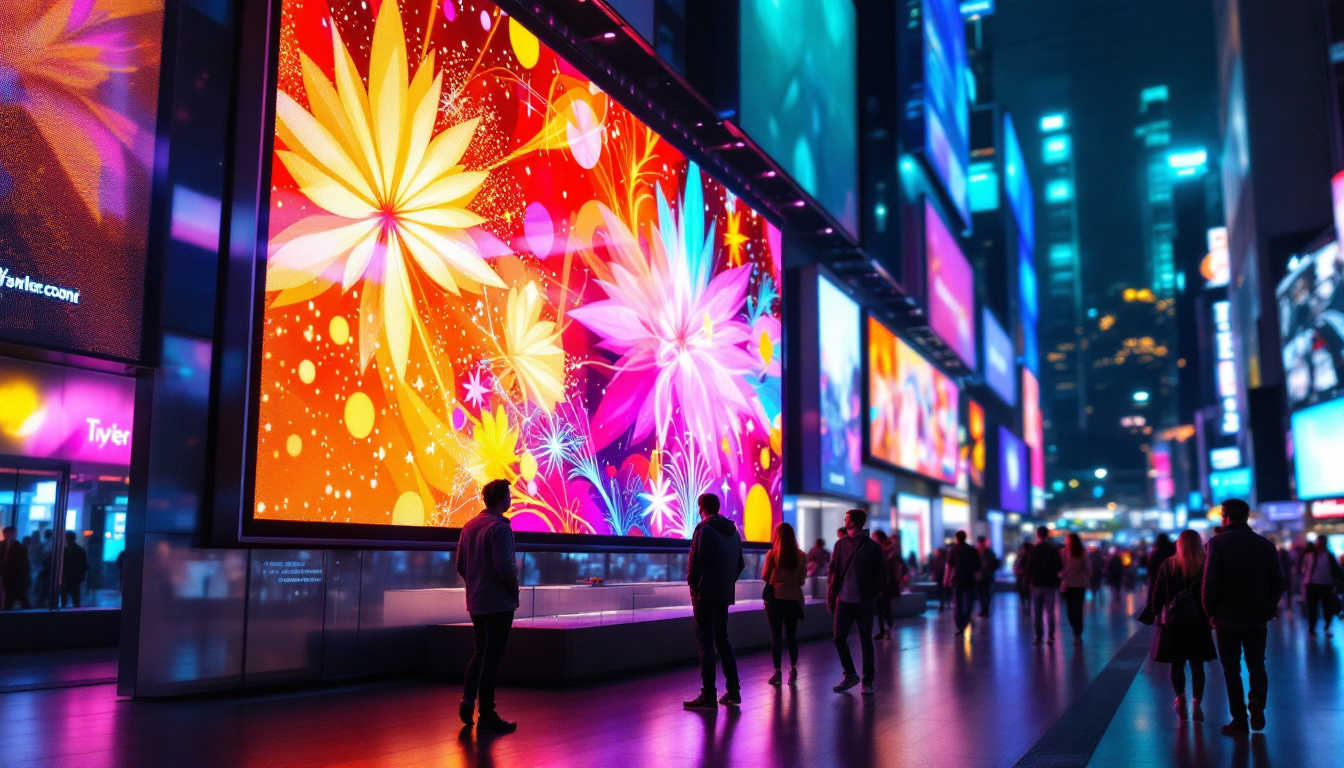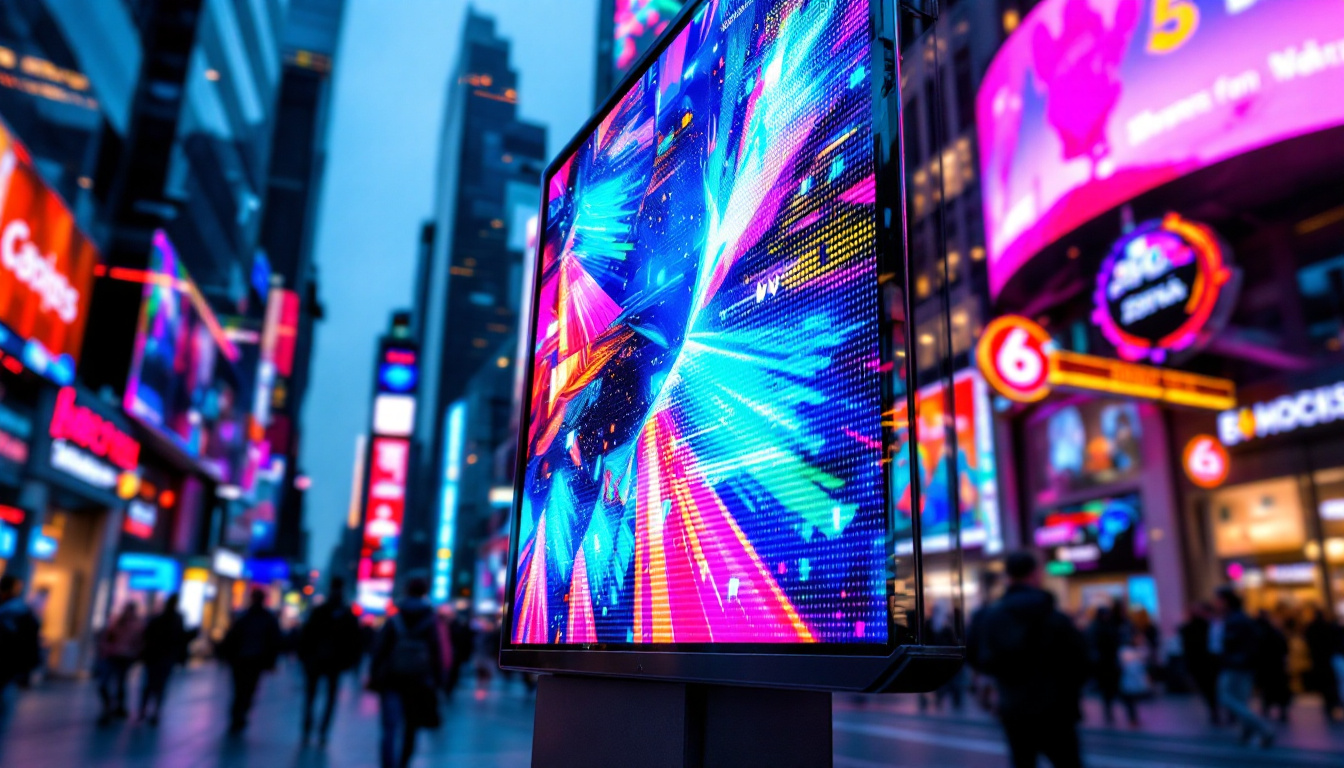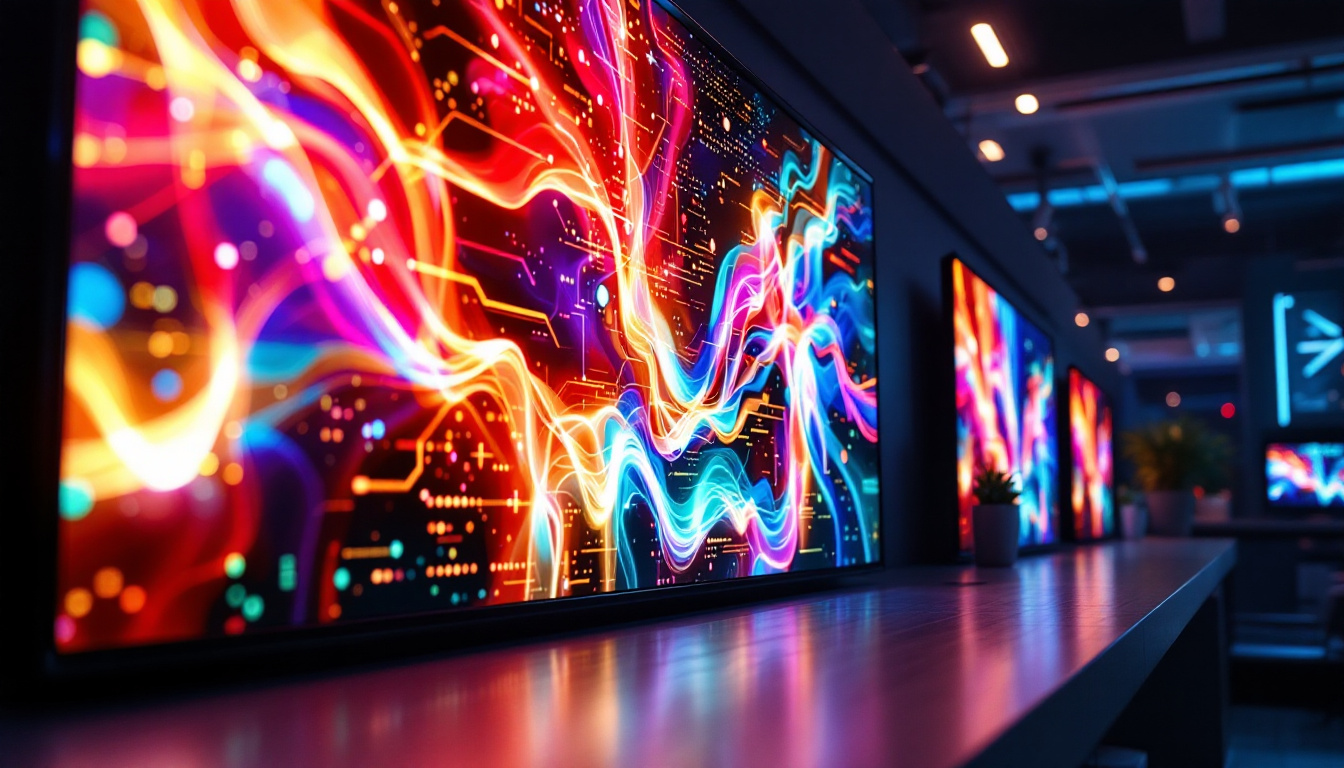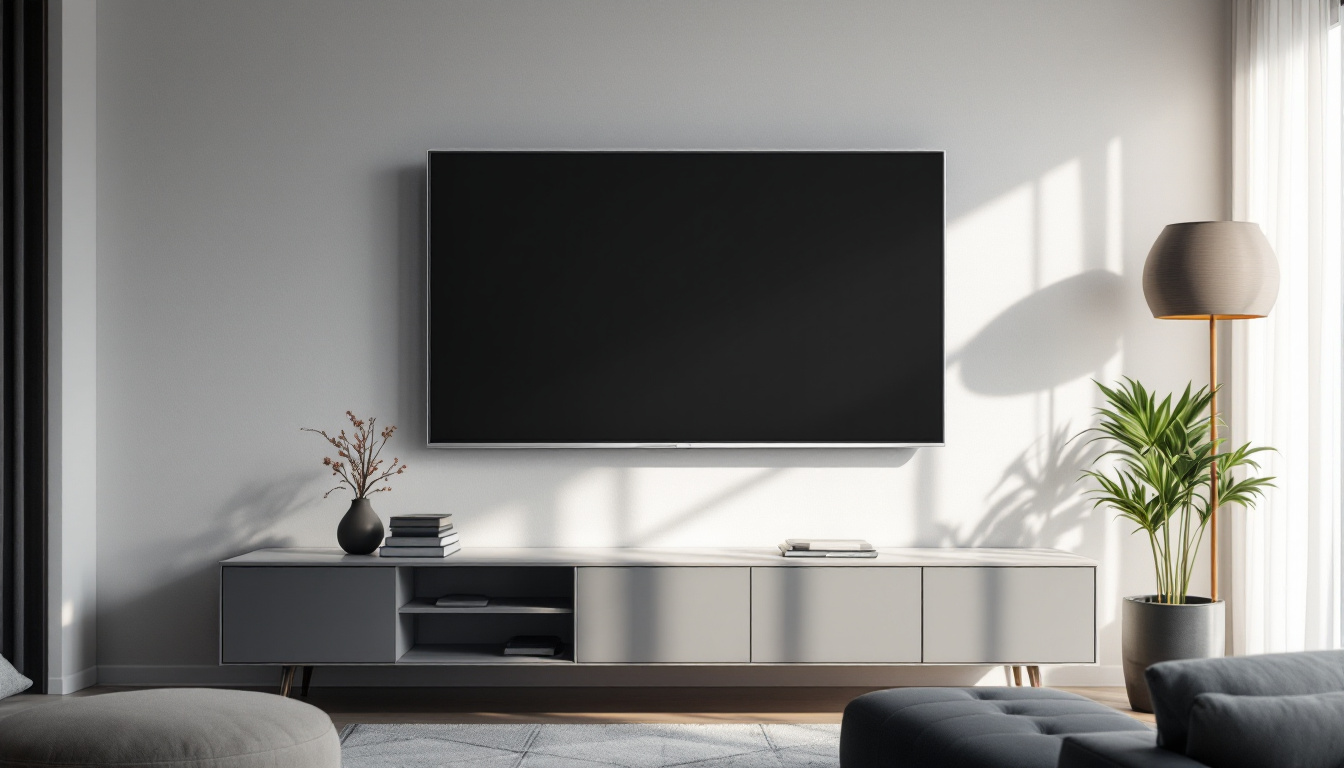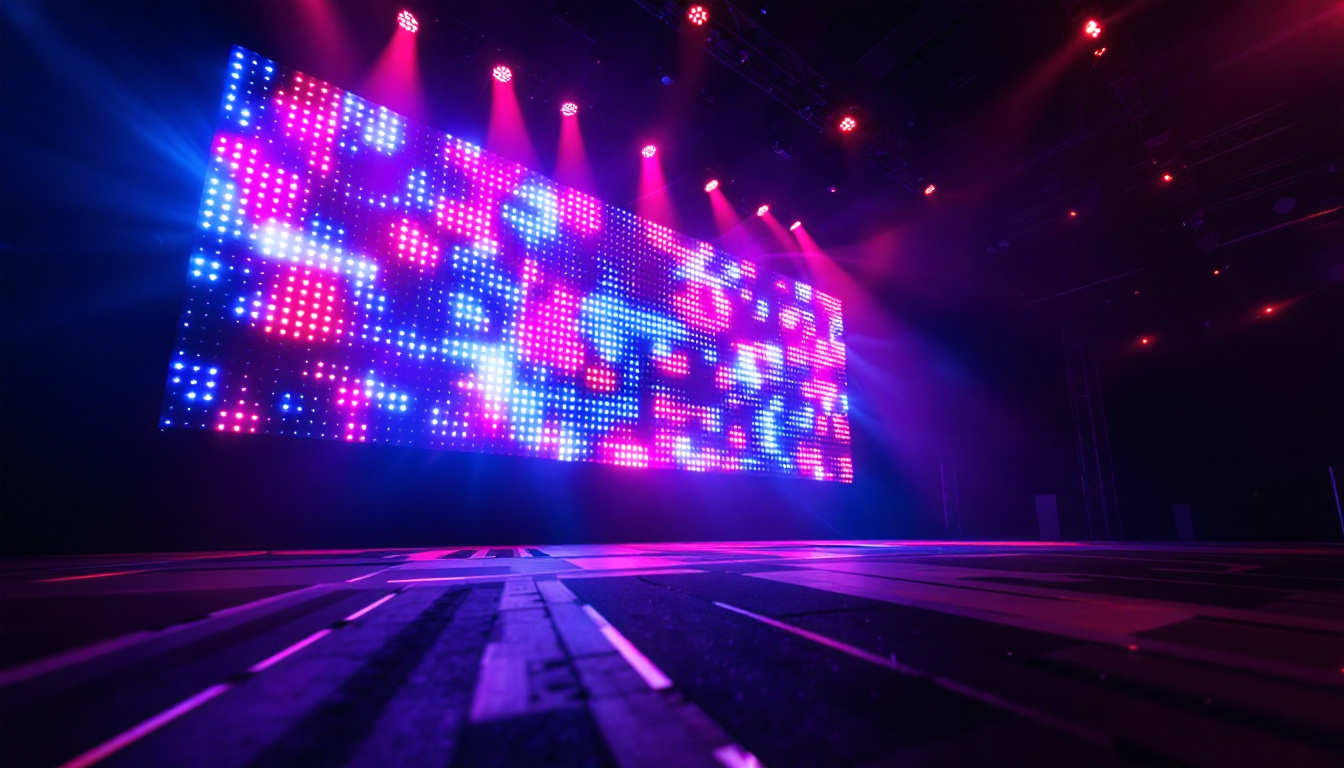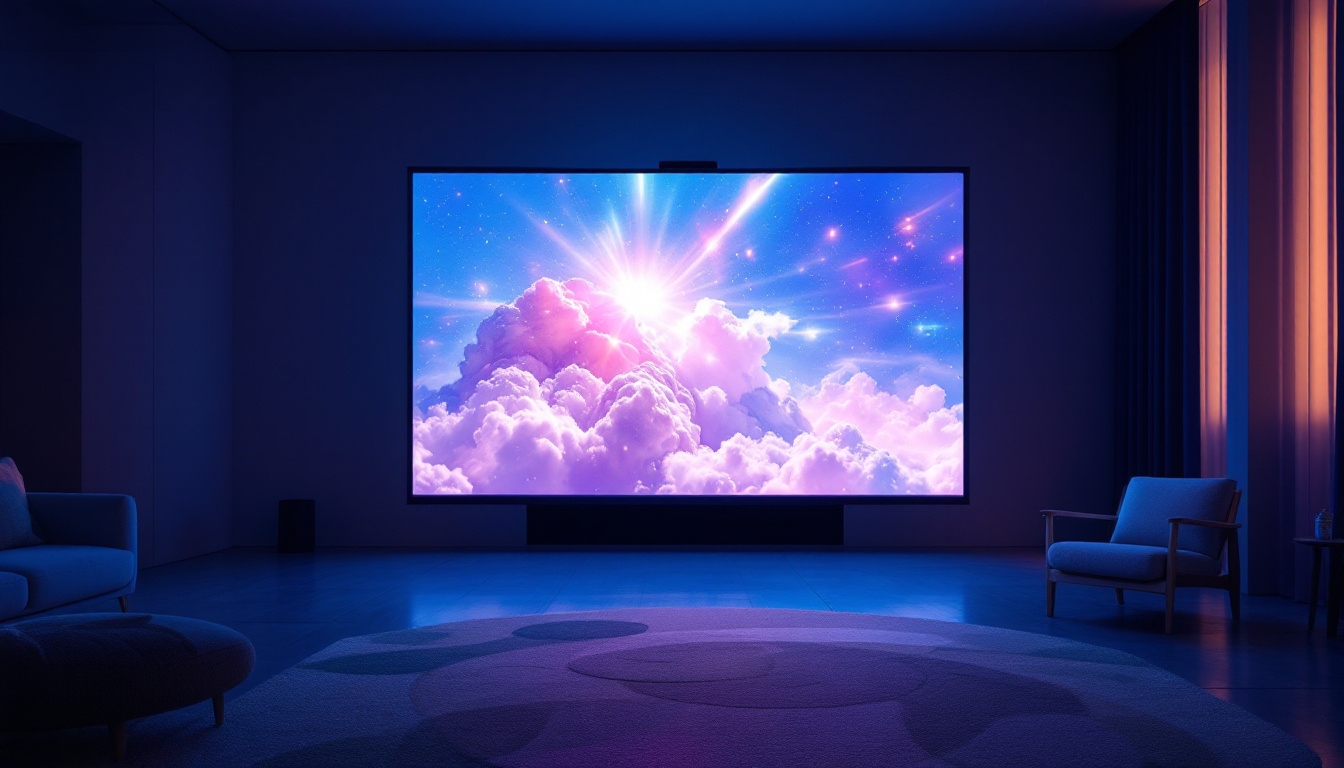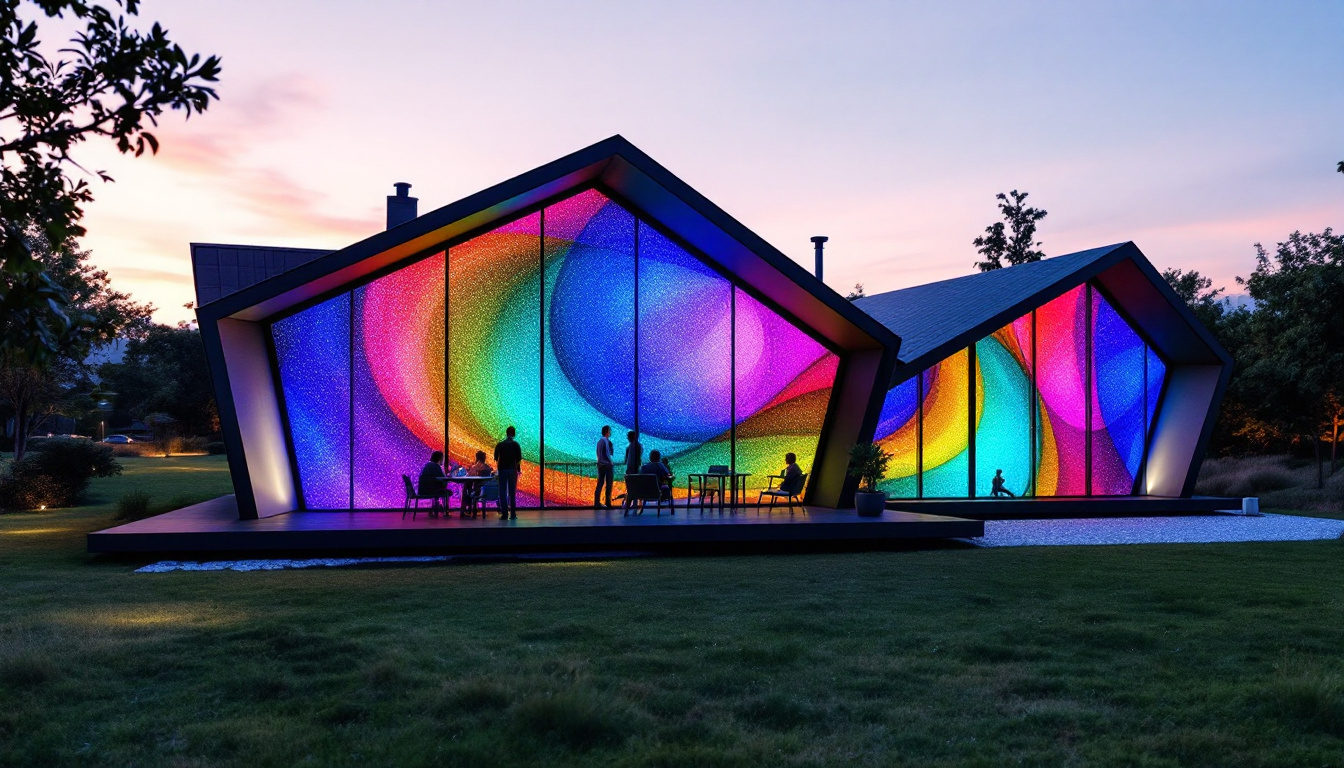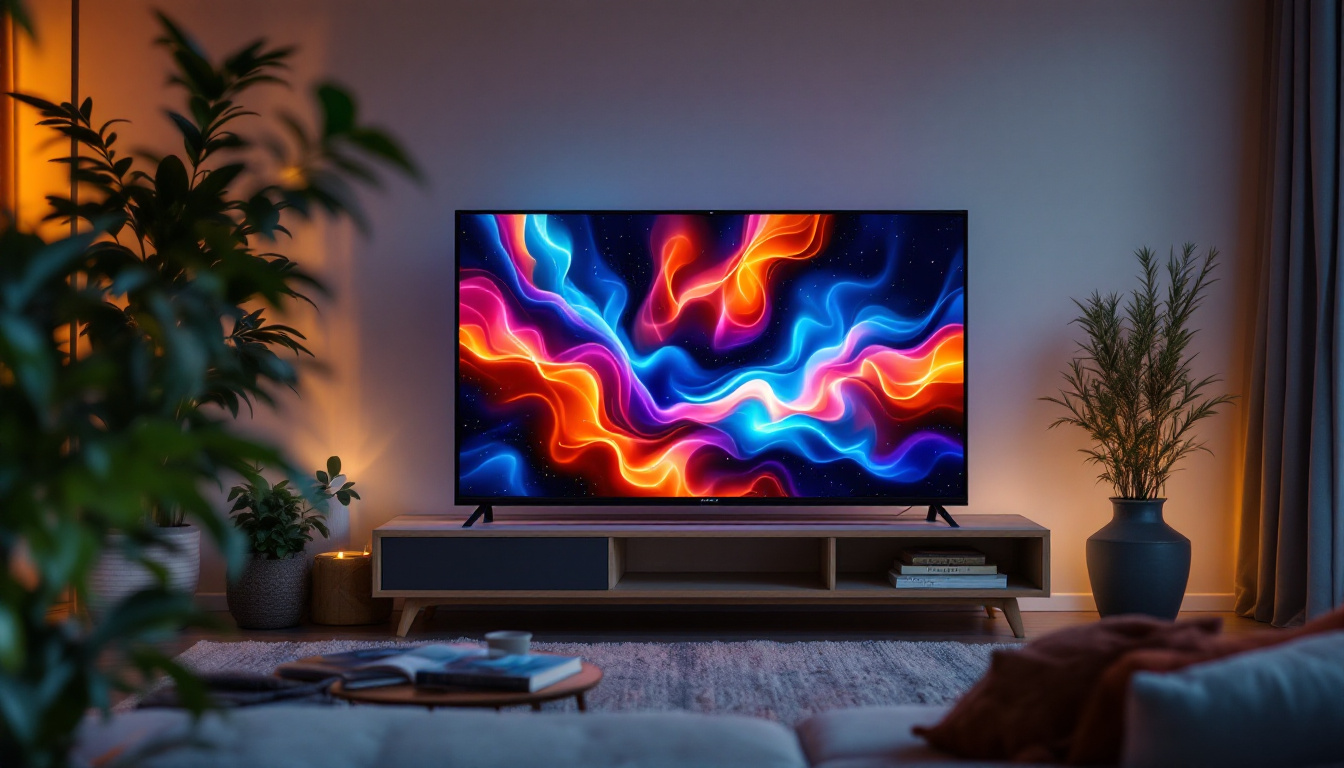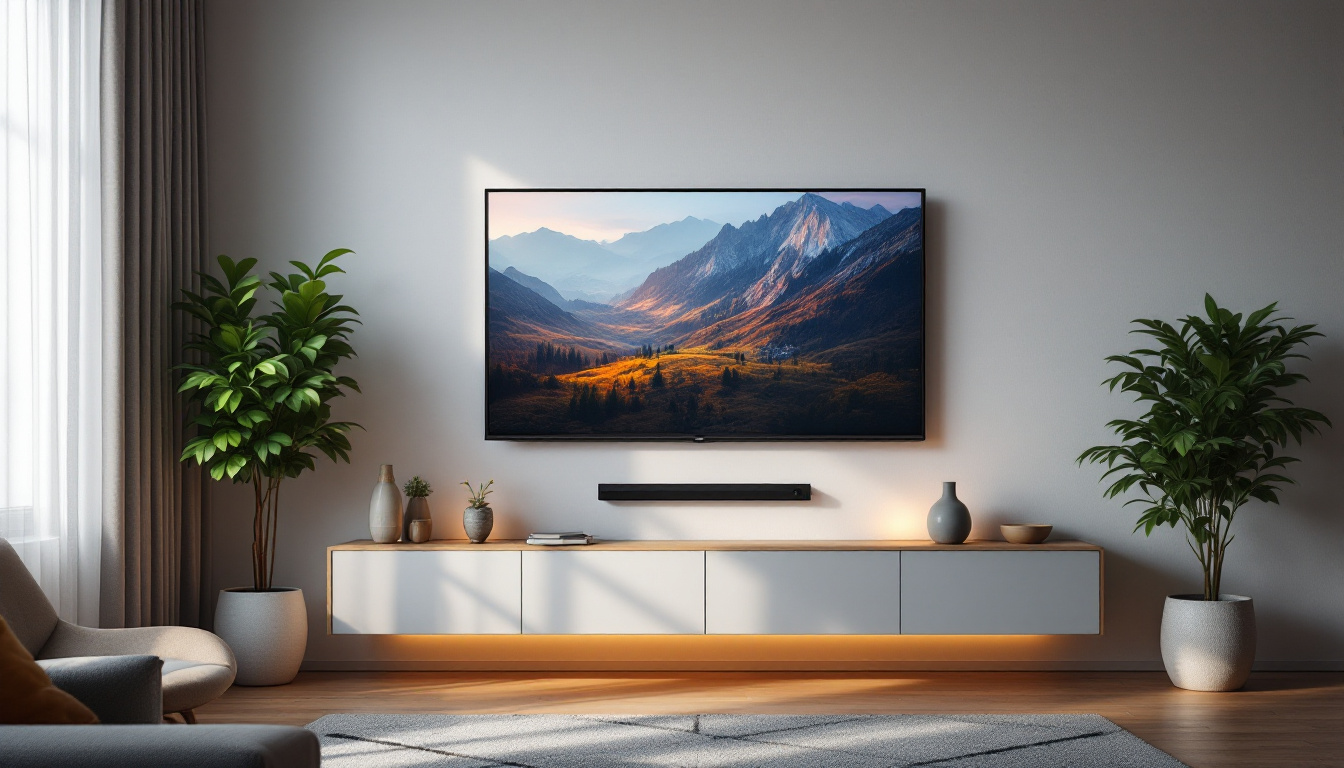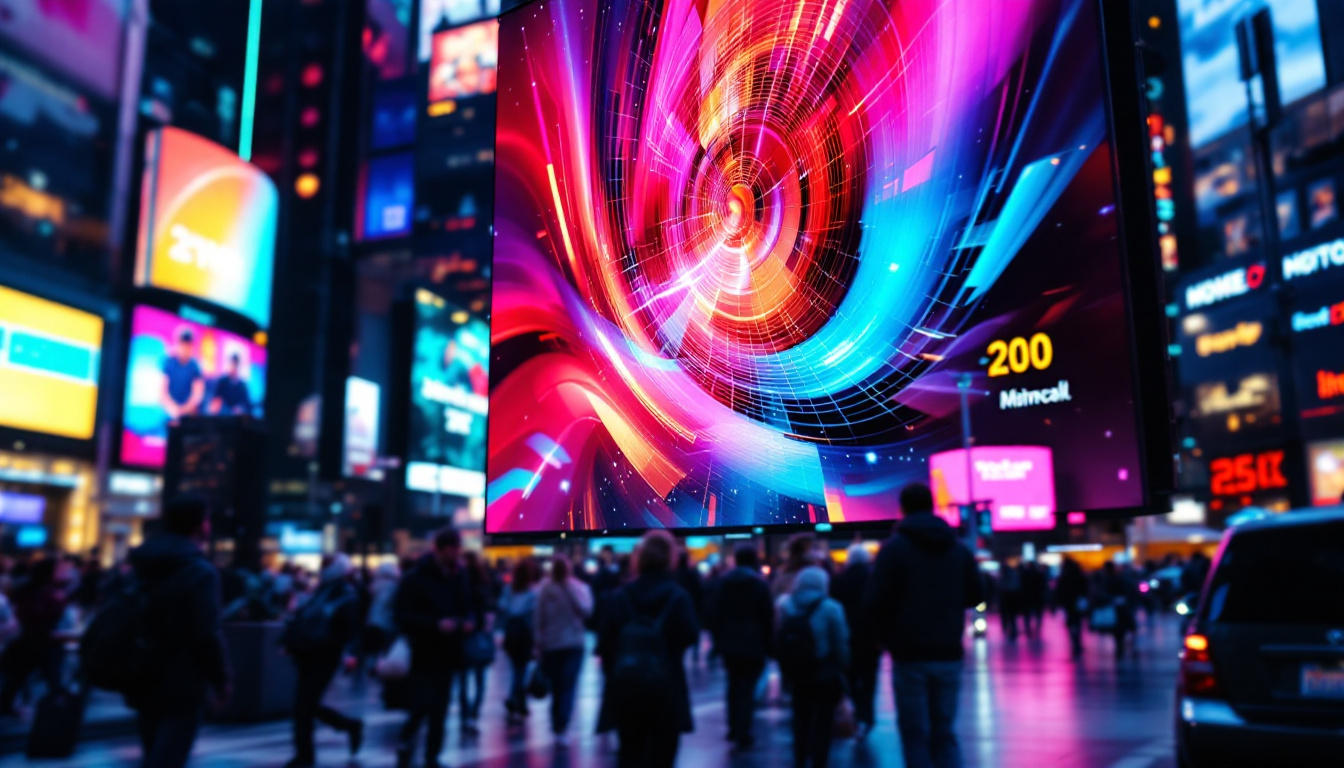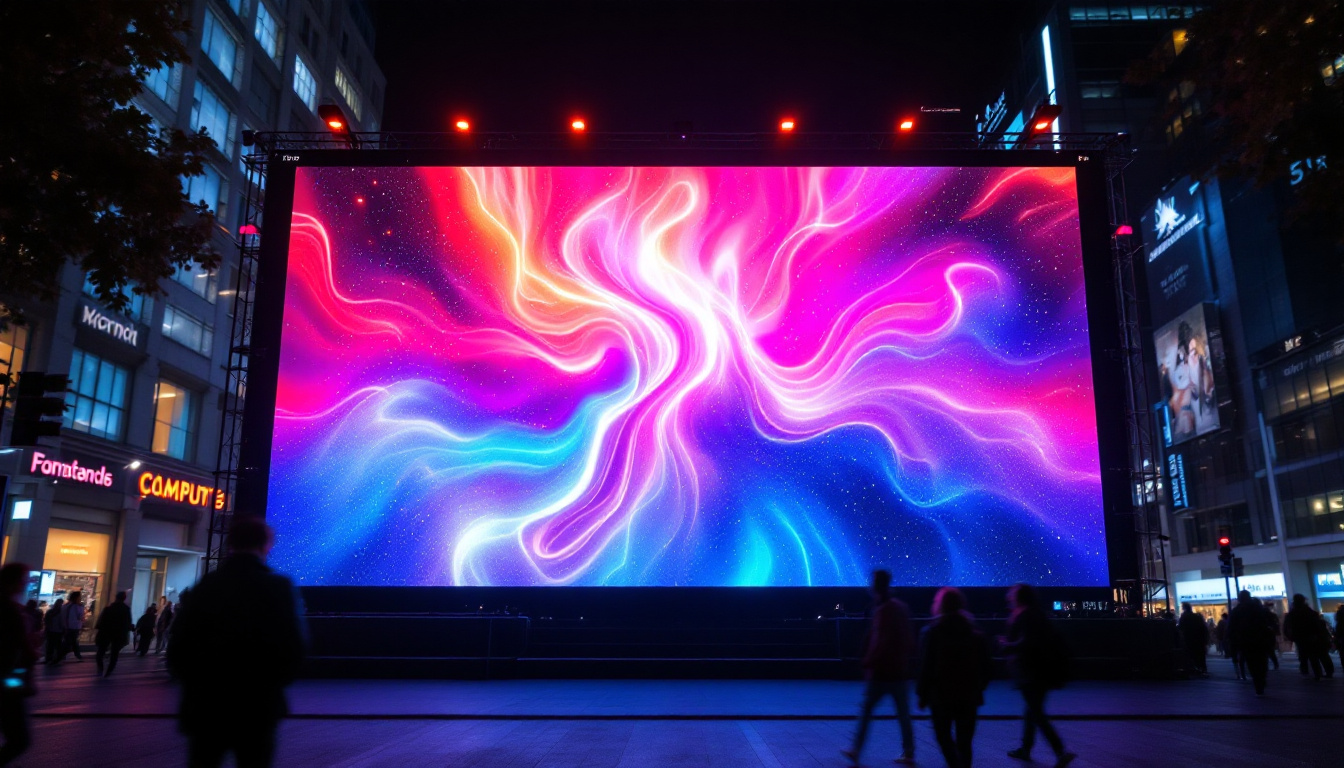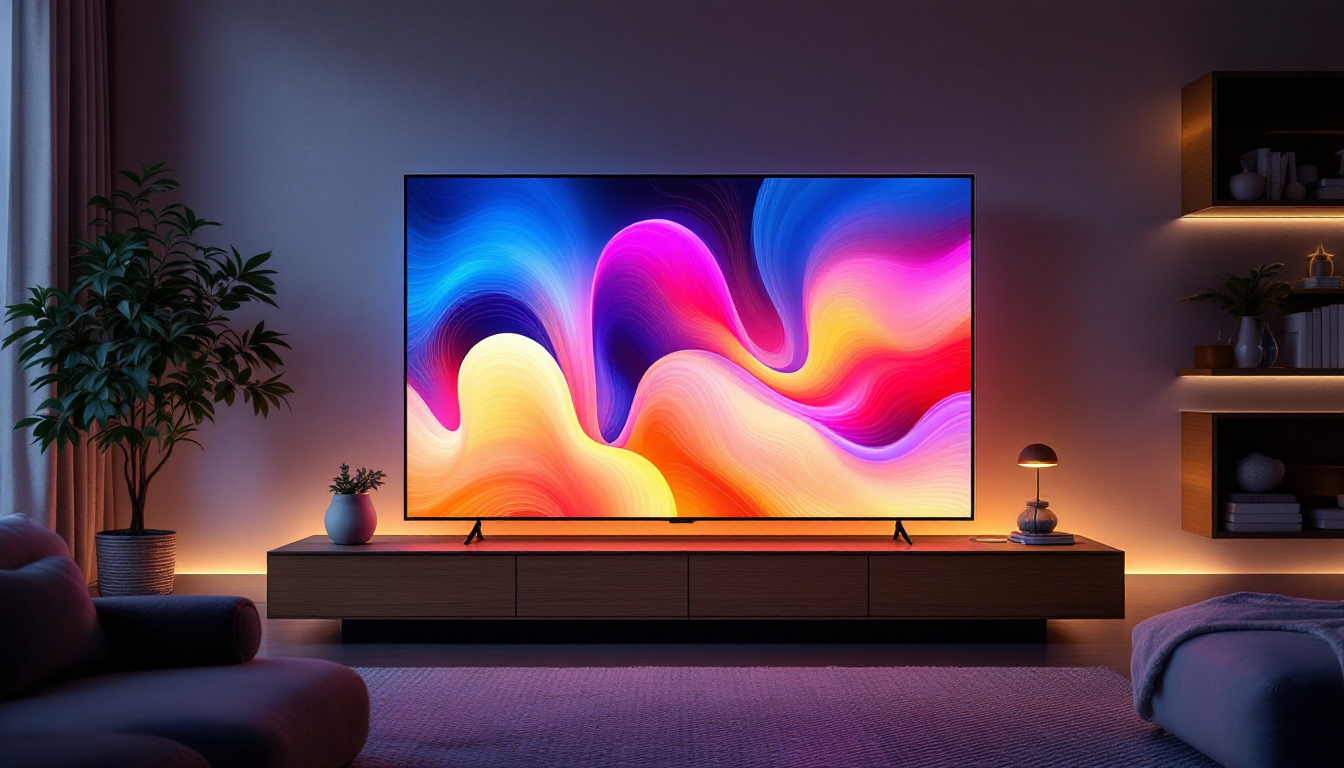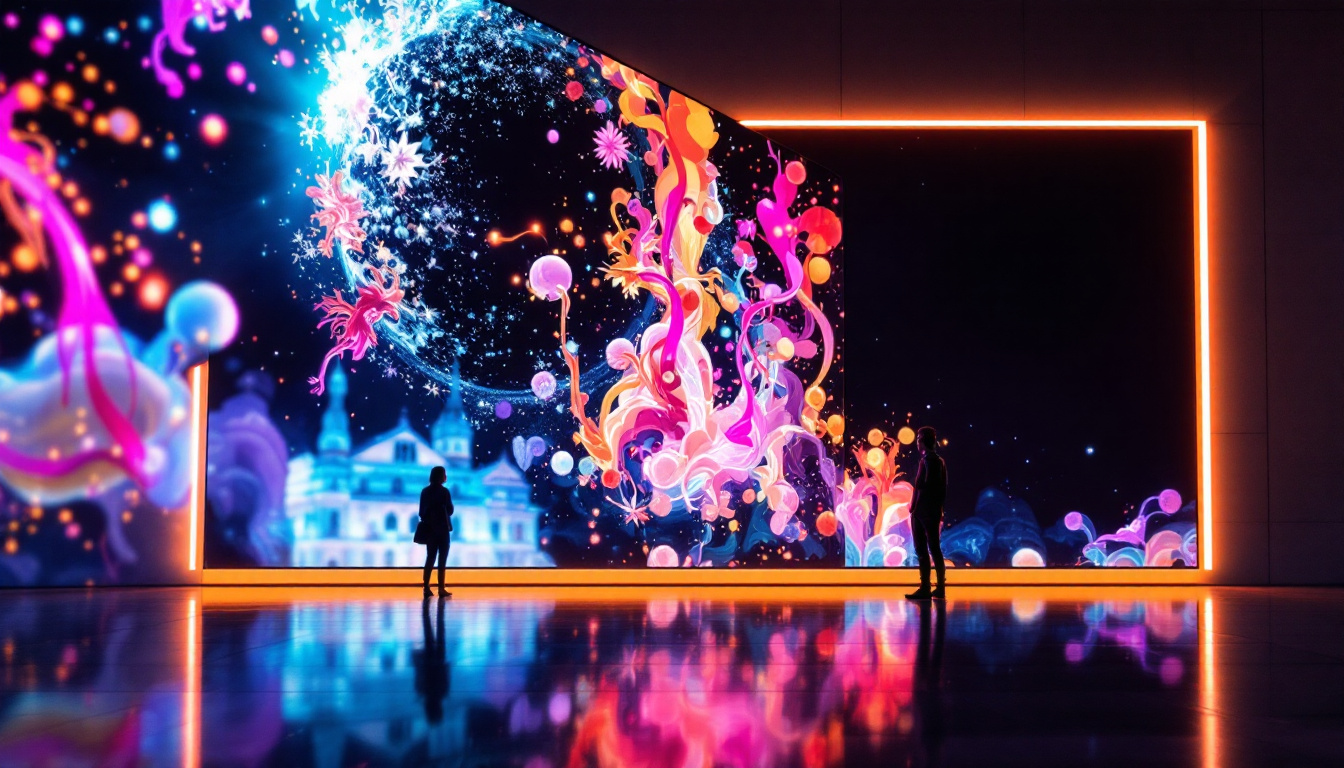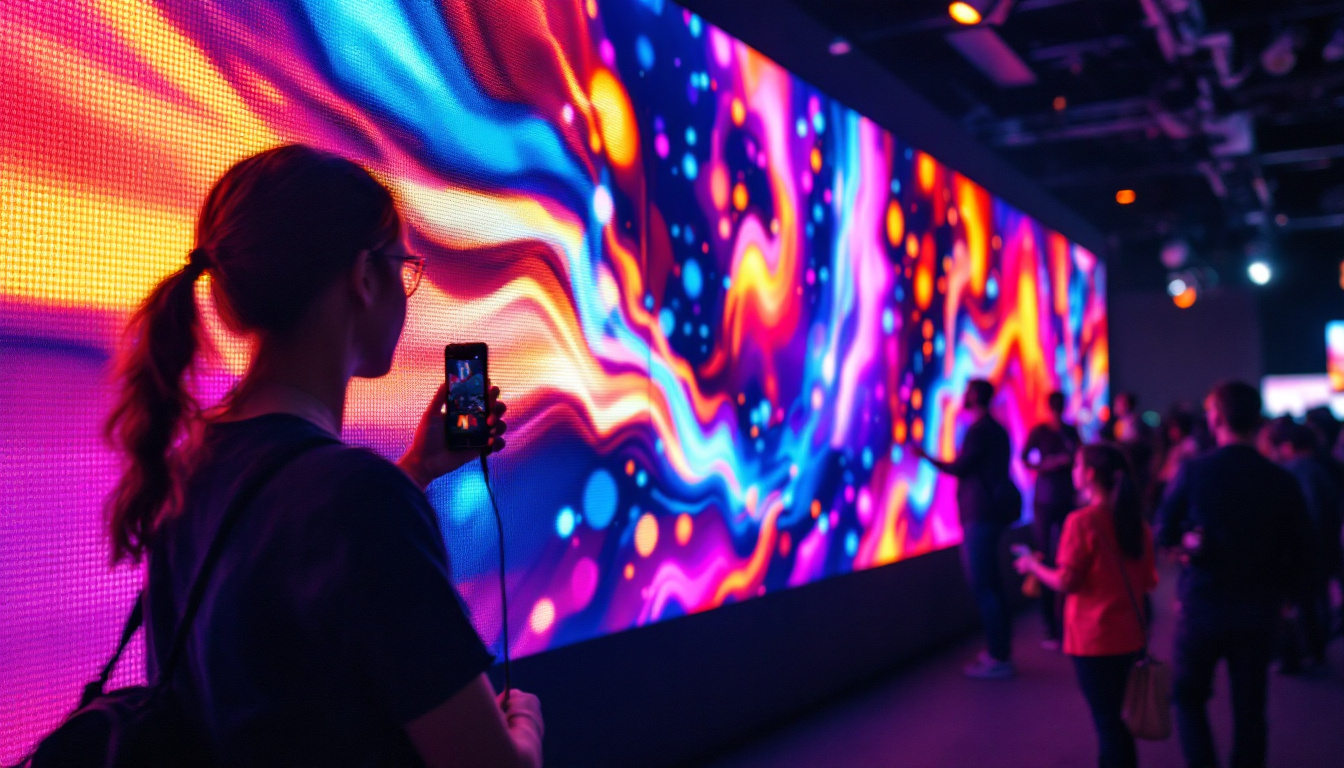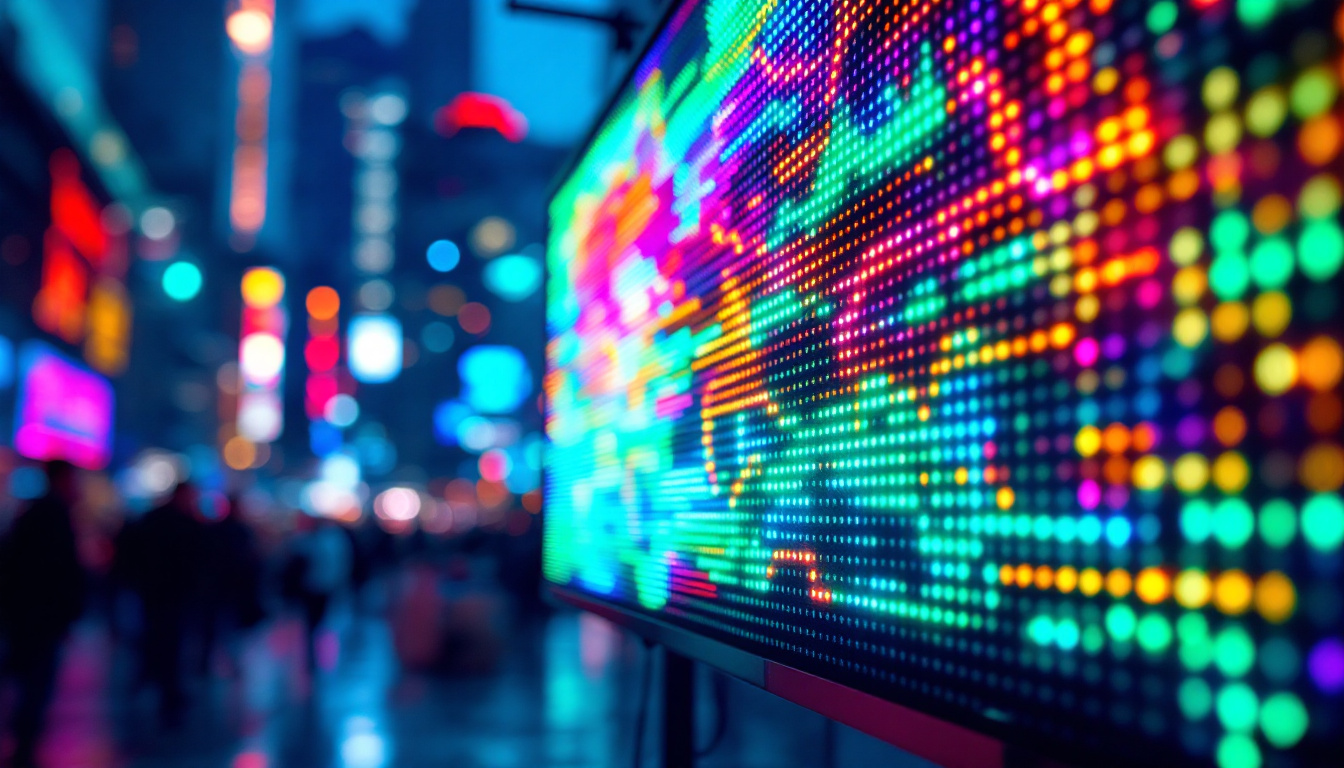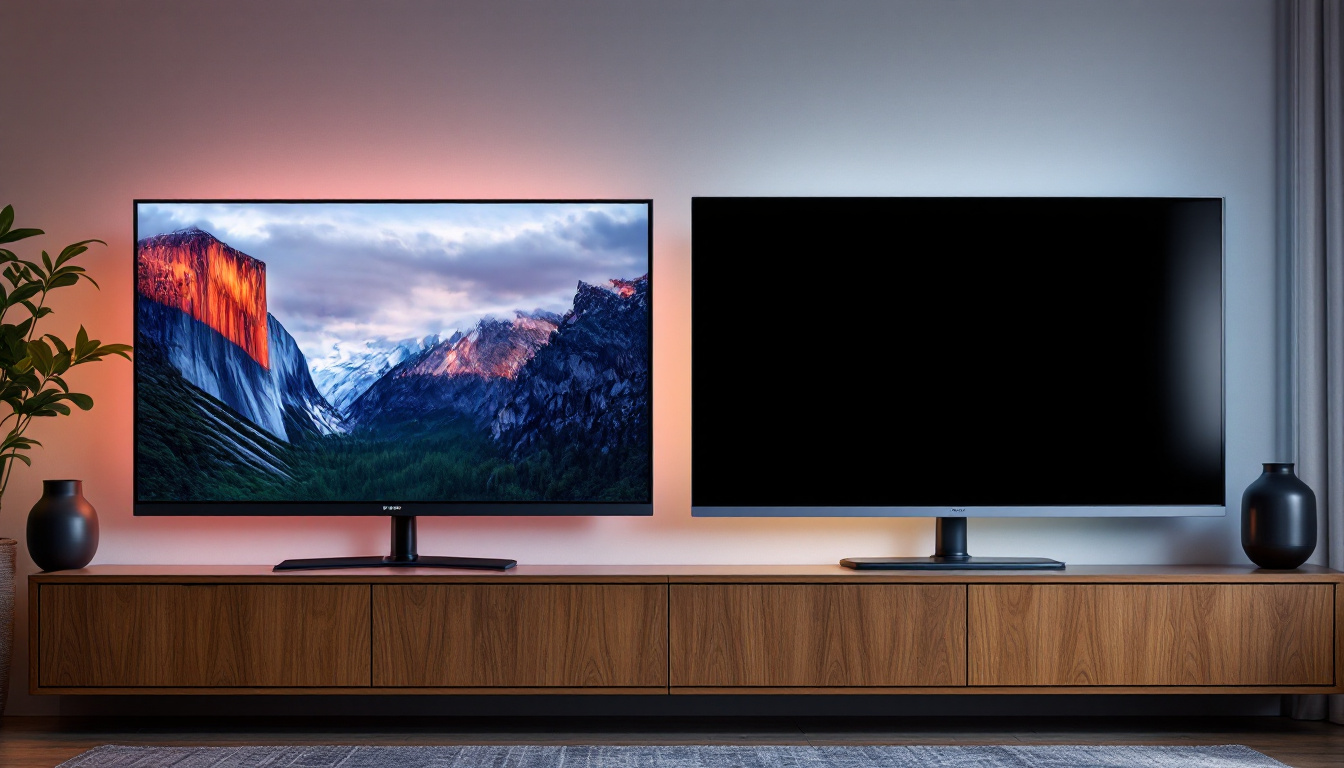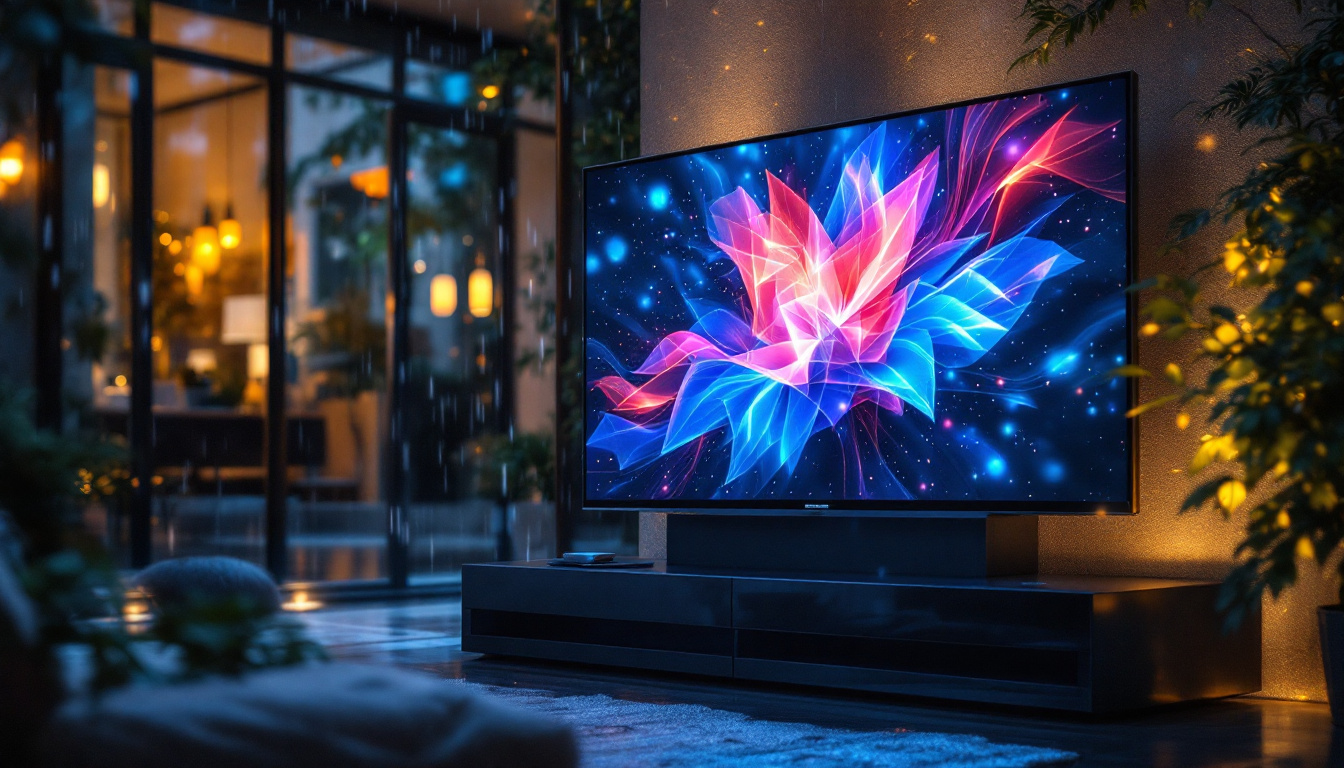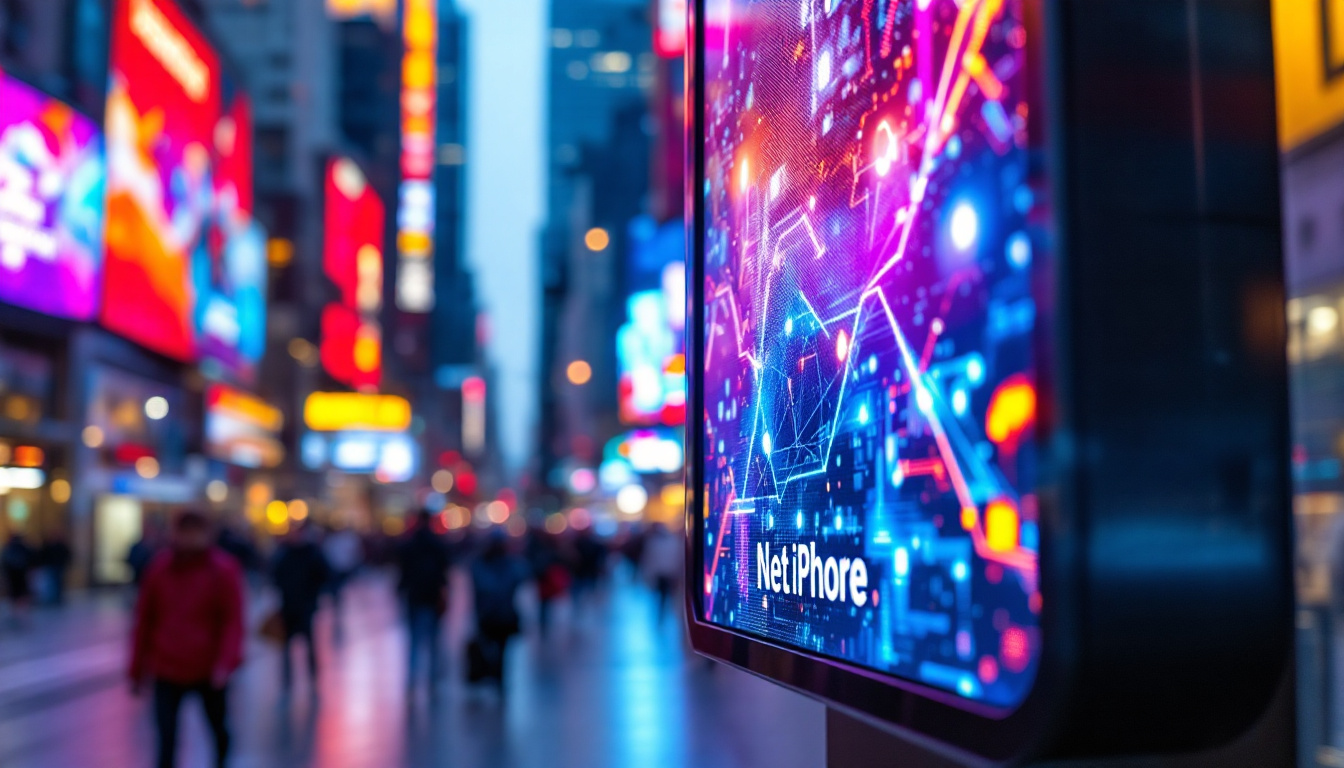In today’s digital age, LED displays have become ubiquitous, transforming how information is presented and consumed. From advertising billboards to television screens, the versatility and efficiency of LED technology have made it a preferred choice across various industries. This article delves into the world of Pixle LED displays, exploring their functionality, applications, and advantages.
Understanding LED Technology
LED, or Light Emitting Diode, is a semiconductor device that emits light when an electric current passes through it. This technology has revolutionized the display industry by offering brighter, more energy-efficient, and longer-lasting alternatives to traditional display technologies.
How LED Displays Work
At the core of an LED display are numerous tiny diodes that emit light in various colors. These diodes are arranged in a grid format, forming pixels. Each pixel consists of red, green, and blue (RGB) diodes, which can be mixed in different intensities to produce a wide spectrum of colors. When these pixels are activated in a specific sequence, they create images and videos that can be viewed from various angles.
The technology behind LED displays involves intricate circuitry and advanced software that controls the brightness and color of each pixel. This allows for dynamic content that can be updated in real-time, providing an engaging experience for viewers.
The Evolution of LED Displays
The journey of LED technology began in the early 1960s with the development of the first visible-spectrum LED. Over the years, advancements in materials and manufacturing processes have led to the creation of high-resolution displays capable of delivering stunning visuals. Today, LED displays are not only used for large-scale advertising but also in consumer electronics, such as smartphones and televisions.
As technology continues to evolve, innovations such as OLED (Organic LED) and MicroLED are emerging, pushing the boundaries of display capabilities even further. However, traditional LED displays remain a cornerstone of the industry due to their reliability and cost-effectiveness.
Types of LED Displays
LED displays come in various types, each designed for specific applications. Understanding these types can help businesses and consumers choose the right display for their needs.
Indoor LED Displays
Indoor LED displays are commonly used in venues such as shopping malls, airports, and conference centers. These displays are designed to provide high-resolution images and videos in controlled lighting environments. They typically have a pixel pitch ranging from 1.5mm to 10mm, allowing for close viewing distances without losing image quality.
One of the key advantages of indoor LED displays is their ability to deliver vibrant colors and sharp images, making them ideal for advertising and presentations. Additionally, they often come with advanced features such as touch capabilities and interactive content, enhancing audience engagement.
Outdoor LED Displays
Outdoor LED displays are built to withstand harsh weather conditions while delivering bright and clear visuals in direct sunlight. These displays typically have a larger pixel pitch, ranging from 10mm to 30mm, which allows for greater viewing distances.
Common applications for outdoor LED displays include billboards, sports arenas, and transportation hubs. Their high brightness levels and durability make them suitable for high-traffic areas, where they can effectively capture the attention of passersby.
Transparent LED Displays
Transparent LED displays are a relatively new innovation that allows for a unique blend of digital content and physical environments. These displays consist of transparent panels embedded with LED technology, enabling them to showcase visuals while maintaining visibility through the screen.
They are particularly popular in retail environments, where they can be used for advertising without obstructing views of products. This innovative approach not only enhances the aesthetic appeal of a space but also provides a platform for dynamic marketing strategies.
Applications of Pixle LED Displays
Pixle LED displays have a wide range of applications across various sectors, each leveraging the technology’s unique advantages to enhance communication and engagement.
Advertising and Marketing
One of the most prominent applications of Pixle LED displays is in advertising. Businesses utilize these displays to showcase vibrant advertisements, promotions, and announcements to capture the attention of potential customers. The ability to change content in real-time allows for targeted marketing strategies that can adapt to different audiences and times of day.
Moreover, the high visibility of LED displays, even in bright daylight, ensures that messages reach a broader audience. This has made them a staple in urban environments, where competition for attention is fierce.
Entertainment and Events
In the entertainment industry, Pixle LED displays are used to enhance live events, concerts, and festivals. Large LED screens provide stunning visuals that complement performances, creating an immersive experience for attendees. The flexibility of LED technology allows for creative displays that can be synchronized with music and lighting, elevating the overall atmosphere of events.
Additionally, sports venues utilize LED displays for scoreboards, instant replays, and fan engagement. These displays not only provide essential information but also contribute to the excitement and energy of the event.
Corporate and Educational Use
Corporate environments and educational institutions have also embraced Pixle LED displays for presentations, training sessions, and information dissemination. In corporate settings, these displays facilitate effective communication during meetings and conferences, allowing for clear visuals and data representation.
In educational institutions, LED displays can be used in classrooms and auditoriums to enhance learning experiences. The ability to display multimedia content can help engage students and make complex topics more accessible.
Advantages of Pixle LED Displays
The popularity of Pixle LED displays can be attributed to several key advantages that set them apart from traditional display technologies.
Energy Efficiency
One of the most significant benefits of LED technology is its energy efficiency. LED displays consume considerably less power compared to older technologies like LCD and plasma screens. This not only reduces operational costs but also contributes to environmental sustainability, making them an attractive option for businesses looking to minimize their carbon footprint.
Furthermore, advancements in LED technology have led to the development of energy-saving features, such as automatic brightness adjustment based on ambient light conditions. This ensures optimal performance while conserving energy.
Longevity and Durability
Pixle LED displays are known for their long lifespan, often exceeding 100,000 hours of use. This longevity translates to lower maintenance and replacement costs, making them a cost-effective investment for businesses and organizations.
Additionally, outdoor LED displays are designed to withstand harsh weather conditions, including rain, snow, and extreme temperatures. Their robust construction ensures that they remain functional and visually appealing even in challenging environments.
High-Quality Visuals
With the ability to produce bright, vibrant colors and high contrast ratios, Pixle LED displays deliver exceptional visual quality. This is particularly important in applications where clarity and detail are essential, such as advertising and entertainment.
The high refresh rates of LED displays also contribute to smooth motion and reduced blurring, making them ideal for video content. This ensures that viewers have an engaging experience, whether they are watching a commercial or a live sports event.
Challenges and Considerations
While Pixle LED displays offer numerous advantages, there are also challenges and considerations that potential users should be aware of before making a purchase.
Initial Costs
The initial investment for Pixle LED displays can be higher compared to traditional display technologies. Although the long-term savings in energy and maintenance costs can offset this initial expense, businesses must evaluate their budgets and determine the feasibility of such an investment.
It is essential to consider not only the cost of the display itself but also installation and any necessary infrastructure upgrades. Working with experienced professionals can help ensure that the installation process is smooth and efficient.
Content Management
Another consideration is the management of content displayed on LED screens. Businesses must have a strategy in place for creating and updating content regularly to keep it fresh and engaging. This may require additional resources, including graphic design and marketing expertise.
Investing in user-friendly content management systems can simplify this process, allowing for easy updates and scheduling of content across multiple displays.
Future Trends in LED Display Technology
The LED display industry is continuously evolving, with new trends and technologies emerging that promise to enhance the capabilities of Pixle LED displays.
Advancements in Resolution
As demand for higher resolution displays grows, manufacturers are developing LED technology that offers even finer pixel pitches. This trend allows for closer viewing distances without compromising image quality, making LED displays suitable for a wider range of applications.
MicroLED technology, which uses microscopic LEDs to create individual pixels, is one such advancement that is gaining traction. This technology promises to deliver exceptional color accuracy and contrast, further enhancing the visual experience.
Integration with Smart Technology
The integration of LED displays with smart technology is another trend that is shaping the future of the industry. Smart LED displays equipped with sensors and connectivity features can provide real-time data and analytics, enhancing their functionality.
For instance, smart displays can adjust their brightness based on ambient light conditions or track viewer engagement through analytics. This level of interactivity opens up new possibilities for marketing and communication strategies.
Conclusion
Pixle LED displays have transformed the way information is presented and consumed across various sectors. Their energy efficiency, longevity, and high-quality visuals make them a preferred choice for businesses and organizations looking to enhance communication and engagement.
As technology continues to evolve, the future of LED displays looks promising, with advancements in resolution and smart technology integration paving the way for even more innovative applications. Understanding the different types of LED displays and their advantages can help users make informed decisions, ensuring they choose the right display for their needs.
In a world where visual communication is paramount, Pixle LED displays stand out as a powerful tool for capturing attention and delivering impactful messages.
Explore Cutting-Edge LED Displays with LumenMatrix
Ready to elevate your visual communication with the latest in LED display technology? Look no further than LumenMatrix, a pioneer in crafting immersive LED experiences. From vibrant Indoor LED Wall Displays to dynamic Outdoor LED Wall Displays, and from versatile Vehicle LED Displays to innovative LED Transparent Displays, LumenMatrix offers a comprehensive range of solutions tailored to your unique needs. Embrace the future of digital signage with our LED Sports Displays, Floor LED Displays, and Custom LED solutions designed to captivate and engage. Check out LumenMatrix LED Display Solutions today and transform your space into a visual spectacle that resonates with your audience.

